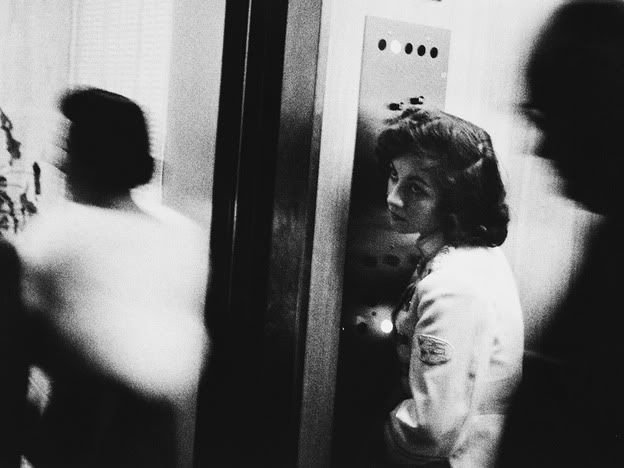


These Americans is a new website that features collections vernacular photographs from the fine folks at American Suburb X.
Why are anonymous snapshots so interesting? Is it because of the fragmentary histories they offer of other's lives? What can we learn from these staccato glimpses? We can dip into the lives of others without the messiness of physical proximity and within the safety that distance of history provides.
Is it the seemingly endless varieties of new visual languages that seem to be invented by those unencumbered by convention, theory, and the discourse of photography? I think it is this reprieve from context that intrigues me most. No matter what box you rifle through at the flea market, you are virtually guaranteed to find something surprising, and uncommonly beautiful even amongst the most seemingly pedestrian of collections. I also love the plethora of subjects and random juxtapositions one creates as we pull photographs one by one from an old dusty box of prints or slides. In the future will subsequent generations be culling photographs from grandma's dusty hard drive? I hope that they will be able to open those antiquated files.
When looking at collections of vernacular images at the flea market or garage sales, one sees images largely unedited. This was special gift of traditional drug store prints, one would print the entire roll, and usually keep all the images. The images that didn't make it into the album are filed away in the box, and here to the connoisseur is where the real gems reside. These images where accidents and awkward poses mirror languages explored by contemporary practitioners. At These Americans.com we see a curated look at those images that did not necessarily make into the family album. Despite their intention (or lack there of), these photographs exhibit a resonance with contemporary practices. Whose history then are we then witnessing? Is it a glimpse into American Family life or a series of aesthetic coincidences assembled by someone will versed and rehearsed in pictorial convention, theory, and photographic discourse? Does curation make the images more interesting or kill it for you?




















